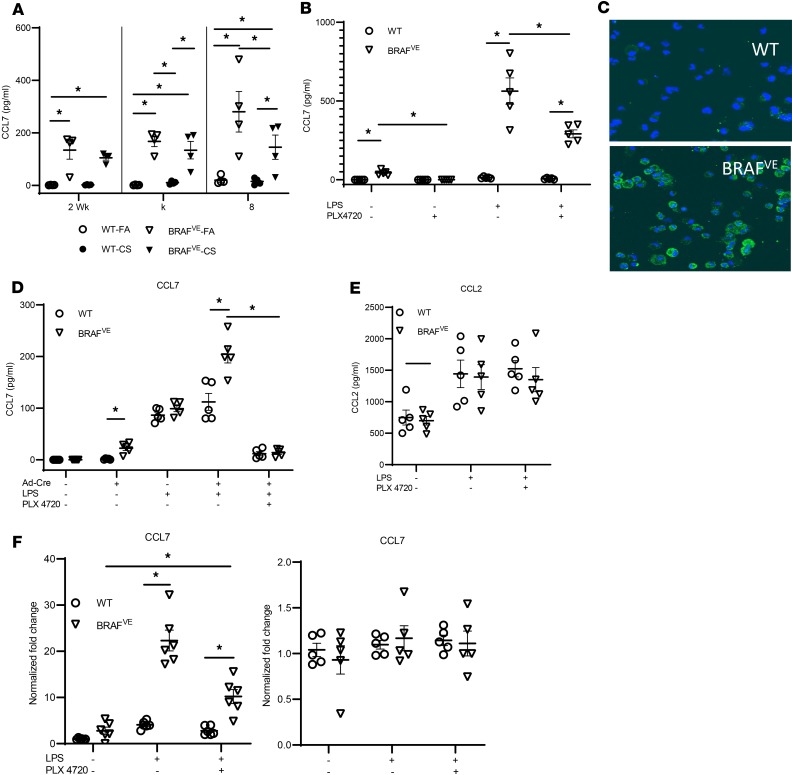Figure 5. BRAF-V600E mutation induces DCs production of CCL7.
(A) Peripheral blood was collected from WT or BRAFVE mice exposed to FA/CS for indicated periods, and the CCL7 level in the serum was measured by ELISA (n = 4/group). (B) WT or BRAFVE pulmonary DCs were treated with/without 1 μg/mL LPS or 1 μM BRAF-specific inhibitor PLX4720 or both, and CCL7 in the supernatant was measured by ELISA (n = 5/group). (C) Representative CCL7 staining of BMDCs (n = 5/group) from WT or BRAFVE mice treated with 1 μg/mL LPS overnight. Blue, DAPI; green, CCL7. Data are representative of 4 independent experiments. (D and E) The secretion of (D) CCL7 and (E) CCL2 from WT or BRAFVE BMDCs treated with/without Ad-Cre at 150 multiplicity of infection (MOI), 1 μg/mL LPS and 1 μM PLX4720, was determined by ELISA (n = 5/group). Data are representative of 5 independent experiments. (F) CCL7 and CCL2 mRNA expression level in WT or BRAFVE BMDCs treated with/without 1 μg/mL LPS and 1 μM PLX4720 was determined by real-time PCR. Data are representative of 3 independent experiments. *P < 0.05, 2-way ANOVA with Tukey’s multiple-comparisons test. Data shown are mean ± SEM.

